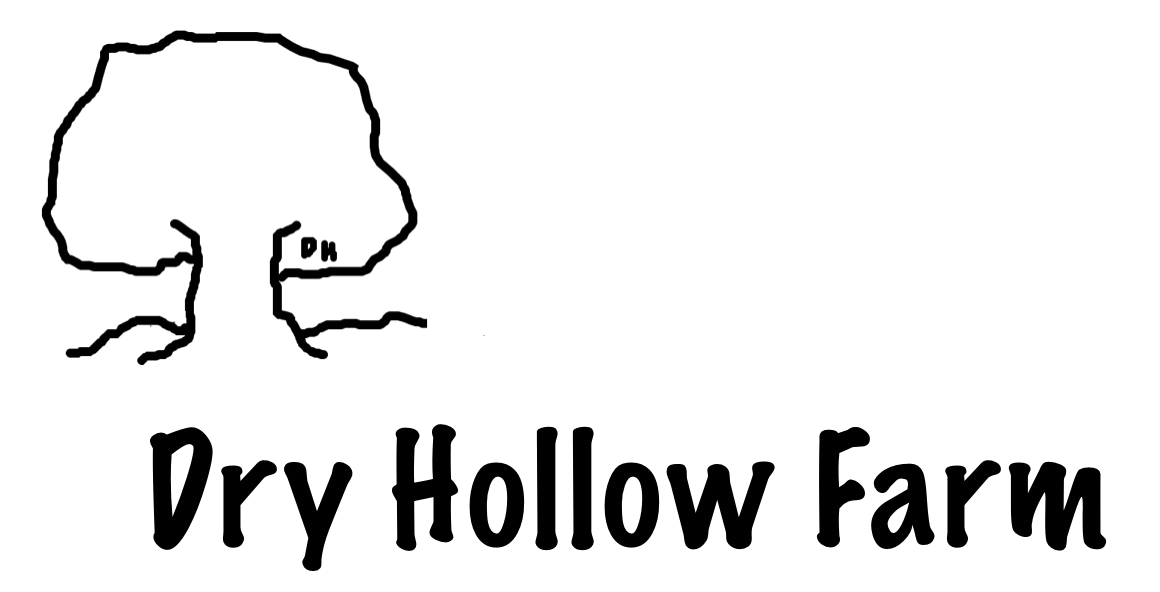Farm Photography (2)
As an agribusiness, our primary focus is creating value-added products for direct, retail, and wholesale customers. What does this mean? We do not produce row crops, and although we do sell livestock on occasion, they are not our main source of agricultural income. Instead we take something generated on our farm (for example, organic herbs or goat milk) and create products for marketing. We market our products in three ways:
#1 We have a Soap Shop and Herb Shack on the farm for our visitors and cabin guests.
#2 We occasionally set up for local Arts and Crafts Fairs.
#3 We sell online with several different marketing platforms including our website (the home of this blog).
For our online markets, product photography is key. In person, many people purchase our offerings by using eyes and noses. Online, we are completely dependent upon images to “sell” the product before the potential customer takes time to read the full product description.
Ten years ago when I first began marketing goat milk soap, I used the rustic approach to create product photos and incorporated wood, stone, basketry, or iron in most every photo.
However, since then advertising photography has changed and now those photos appear dated and unattractive. Product photography and videography began to adopt what is known as the flat layout, and over the past year, I gradually created new sets of product images with this in mind. I’m still not finished, so if you peruse our website, you will see a mix of marketing styles. (Note the difference between the two approaches below)
Flat layout photographs allow us to showcase specific ingredients in our products or items related to their use.
However, not every photo uses this same design. Some of our photos utilize a setting related to the product’s use. (Note the difference in perspective below.)
The other key to product photography is location. Unless we use a lightbox or other photographic supplemental equipment, we do not produce photos inside our house.
Our favorite location for product photography is inside one of our greenhouses. The greenhouse walls diffuse direct light and create a perfect environment for shooting. Rarely do we take images on a sunny day, but rather wait until it is cloudy or the sun is just below the horizon.
Although camera photos are best, we find for online marketing photos, using an updated smartphone is sufficient. We ALWAYS edit post-production by adjusting light, hues, shadows, and vignetting as well as crop if needed.
(Note the difference between the unedited photo on the left and the post-production image on the right.)
Most of our product photos share a similar appearance. For business social media that appears professionally-done, it is very important to create an image genre for product photos. Because we are a farm, we still maintain a rustic, organic feel. However, style is a choice and reflective of product specifications, business messaging, and customer base.
Remember - highlight products with the best images possible. Advertising is a fluid business, and we know we will need new images and videos (discussed in an upcoming post) once again every few years!
Dr. Kathryn Bush owns and operates Dry Hollow Farm, a working goat and sheep farm in Huntingdon, Tennessee. Together with her husband, Russell, she creates skincare products from their fresh goat milk, grows organic herbs, welcomes visitors to their two cabins on the farm (available for stays through Airbnb), keeps the farm’s on-site soap shop stocked with their handcrafted products, and enjoys working the farm in company with their Great Pyrenees dogs (who work hard guarding the animals). Check out their natural products featuring farm-grown ingredients here, and sign up for the Dry Hollow Farm newsletter to stay in touch and be the first to hear about farm news, events, and new products.

















